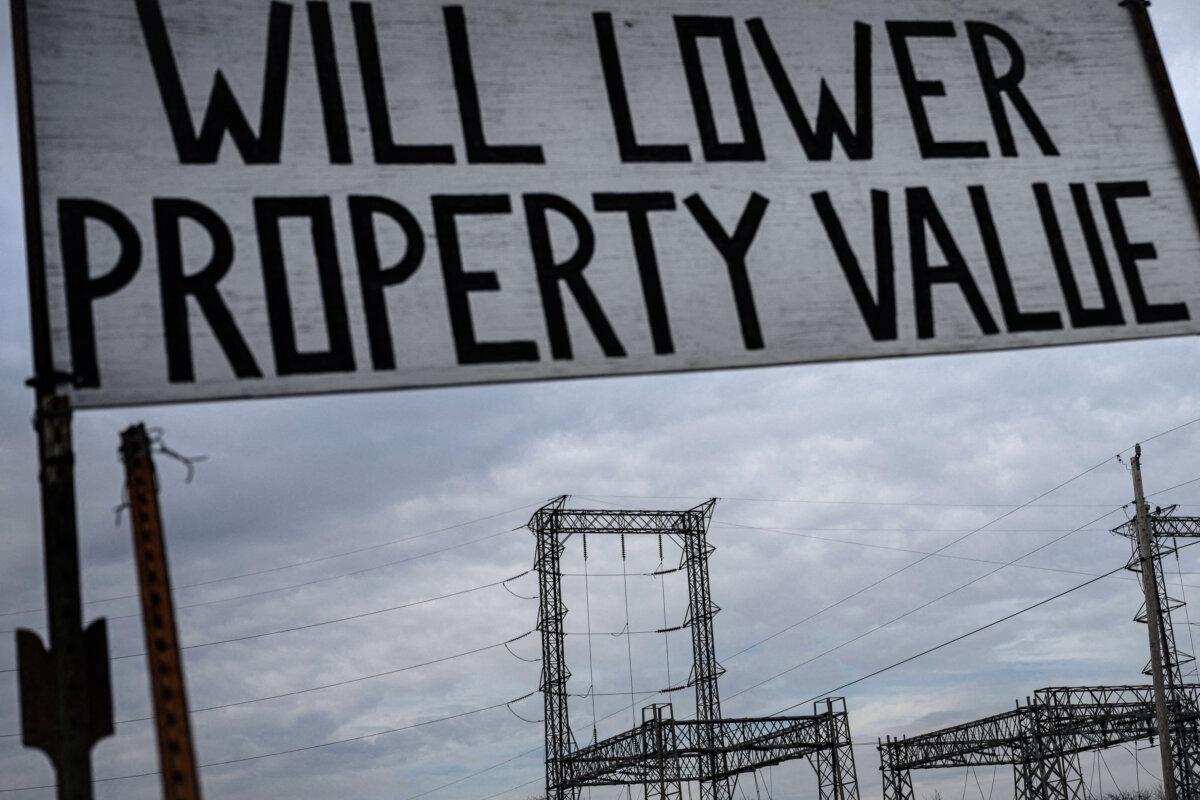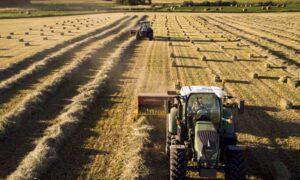In first hearing on five-year $1.5 trillion spending plan since September, House panel Republicans and Democrats resumed debate where they ended—far apart
For those hoping seeds of compromise had sprouted since the House Agriculture Committee last discussed the stalled five-year Farm Bill in September, Wednesday’s six-hour hearing offered scant sign such accommodation has taken root.
In a nutshell: Republicans back chair Rep. Glenn ‘GT’ Thompson’s (R-Pa.) evolving plan to decrease Supplemental Nutritional Assistance Plan (SNAP) funding by $30 billion over 10 years, and “repurpose” $19.5 billion earmarked for climate change and renewable energy conservation programs into tax credits and incentives for commodity farmers and producers.
Democrats, in short, do not.
And that is that: Four months later, neither side has budged.
The proposed Farm Bill, filed as HR 4368, the Fiscal Year 2024 (FY24) Agriculture, Rural Development, Food and Drug Administration, and Related Agencies Appropriations Act, is a massive slate of legislation adopted every five years to fund farm commodity, nutrition, and conservation programs.
The FY24 Farm Bill outlines nearly $1.463 trillion in spending over the next 10 years with the vast majority mandatory funding regulated by statute. It authorizes $22.5 billion in annual discretionary spending, $3 billion less than the 2018 Farm Bill.
The Farm Bill is rarely a partisan battleground, although the sweeping five-year plan is intensely debated across the agricultural industry and in “farm states.”
The 2018 Farm Bill expired on Sept. 30, 2023. Congress extended the 2018 bill one year to Sept. 30, 2024.
Four days before the 2018 Farm Bill expired, the House Agriculture Committee adjourned after a seven-hour debate without adopting a proposed plan to slash funding for most USDA agencies and programs to “pre-COVID” levels, strip federal officials of salaries, eliminate “woke” diversity, equity, and inclusion (DEI) programs, and require in-person doctor appointments for prescribing mifepristone chemical abortions.
The rejected Farm Bill also proposed to defund dozens of domestic and international assistance programs and repeal a host of climate change provisions included in 2020 and 2021 federal bills.
Most of those provisions are not in Mr. Thompson’s proposal for “reinvestment” of up to $45 billion in SNAP and climate change inducements into crop subsidies and soil and water conservation programs.
During the Feb. 14 hearing, he vowed the “repurposed” allocations “would be directed to priorities that have been identified as bipartisan” that will “generate, over the course of time, a significant amount of additional funding for conservation programs which are important to me.”
There is $19.5 billion in spending for conservation programs to “mitigate the impact of climate change” incorporated into the Farm Bill through the American Rescue Plan Act (ARPA), Bipartisan Infrastructure Law (BIL), and Inflation Reduction Act (IRA), Mr. Thompson said.
That amount of federal investment, compounded by the Biden administration’s aggressive use of the Commodity Credit Corporation (CCC) in pushing the administration’s renewable energy agenda, doesn’t belong in the Farm Bill, he said.

Polar ‘Refocus’ Plans
Instead, Mr. Thompson said, the money “should be refocused” so farmers “make local decisions that work for them” on soil and water conservation.
“Considerable opportunities exist within our jurisdiction to not only fund the [social programs] safety net, but fund a substantial number of shared bipartisan priorities.”
By “reinvesting” that $19.5 billion into “farmers and farms” now, he said, sustaining social net programs within the Farm Bill is ensured.
Mr. Thompson’s draft plan would cut $30 billion in SNAP allocations over the next decade by making its benefits determinations “cost-neutral.”
“I continue to implore my Democratic colleagues to think in earnest about these priorities, priorities that can be funded without cutting SNAP or eliminating the important conservation programs we’ve all come to appreciate,” Mr. Thompson said.
No dice, said Rep. David Scott (D-Ga.), the panel’s ranking Democrat.
“Let’s put aside, first and foremost, this proposal to cut SNAP benefits. Whether you call it a cut, or ‘reduction of future benefits,’ Democrats oppose it,” he said.
Mr. Scott said while it is understandable to be concerned about spending, it is important to note that under an improving economy, the Congressional Budget Office projects a $67 billion decline over the next decade in SNAP spending than originally expected.
“Let’s also put aside the proposal to take our … conservation or energy funding away from its intended purpose,” as outlined in the ARPA, BIL, and IRA.
“Robbing Peter to pay Paul is not going to result in an effective Farm Bill. These IRA programs are oversubscribed” with program applicants “so we should not take funding from them to pay for other farm bill priorities. We Democrats feel strongly about this.”

‘A Pivotal Moment’
Last week, House Democrats issued a set of principles declaring they wouldn’t support a Farm Bill that takes conservation funding “away from its intended purpose” and vowing “to preserve and sustain the resources that have been appropriated” in ARPA, BIL, and IRA.
U.S. Secretary of Agriculture Tom Vilsack said the stark impasse demonstrates “it is clear that we are at a pivotal moment today, where we have the ability to choose a more expansive set of options to create, not diminish, opportunity” as outlined under the ARPA, BIL, and IRA” of return to a hodgepodge, inefficient approach.
“Farmers are not on board with this climate cult agenda,” she said, asking Mr. Vilsack, “Front and center: Do you agree with John Kerry that we have to get farmers to net zero?”
The voluntary climate change/renewable energy programs spawned by the federal bills within the Farm Bill offer diversified land use incentives, “an opportunity for farmers to make more money—for small and midsize producers to actually stay in the fight,” Mr. Vilsack said.
Ms. Miller was not convinced. “We’re not going to let you jeopardize our nation’s food supply for the current climate change agenda,” she said.
The range of issues raised during the marathon hearing included the walking-horse industry, regulations regarding how fast workers at slaughterhouses can work, why the Department of Labor requires employers pay workers differently based on what job they do, how the USDA is enhancing cybersecurity for farmers, what the administration is doing to promote U.S. products in trade agreements, and how to help protect domestic poultry, pork, and beef from infectious disease outbreaks.
They’re all part of the massive Farm Bill, which apparently isn’t going anywhere soon.
Mr. Thompson said the longer the delay, the longer the extended Farm Bill will sustain funding at existing levels. The ARPA alone “on autopilot adds an additional $1 billion” annually to the Farm Bill, he said.
“In what seemingly is a daily occurrence, taxpayer dollars are being sent to every corner of the country, yet nothing has changed,” Mr. Thompson (R-Pa.) said.
“We are not producing more fertilizer. We are not reducing the cost of production. We are not making food more affordable,” he said. “However, we are burdening the taxpayer.”
Original News Source Link – Epoch Times
Running For Office? Conservative Campaign Consulting – Election Day Strategies!


